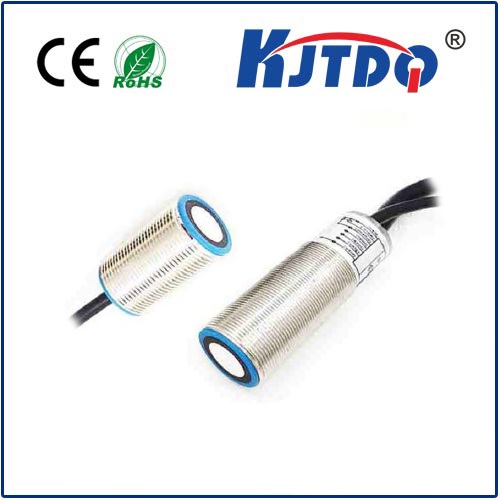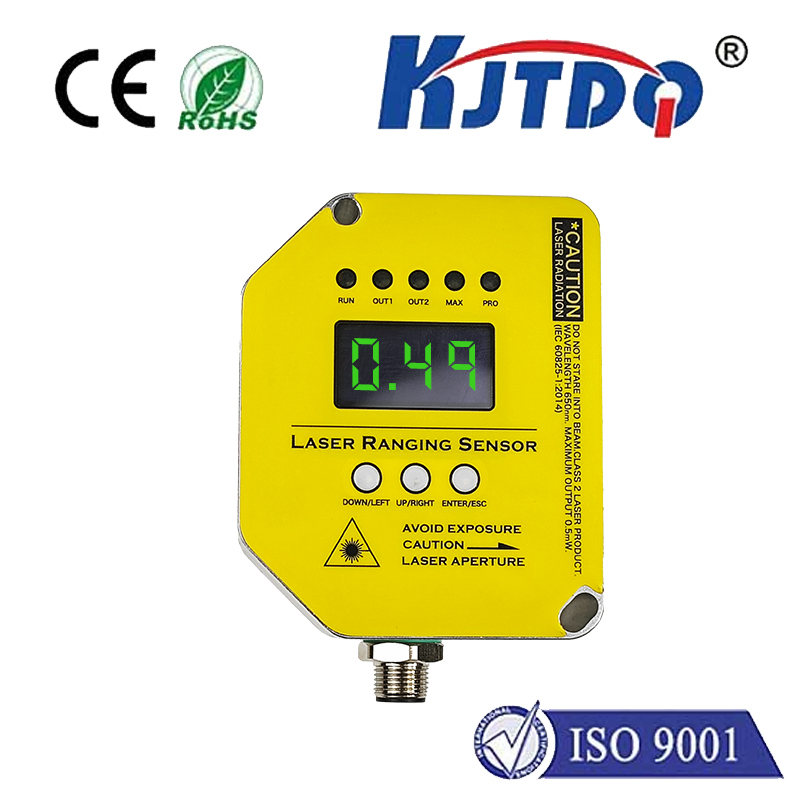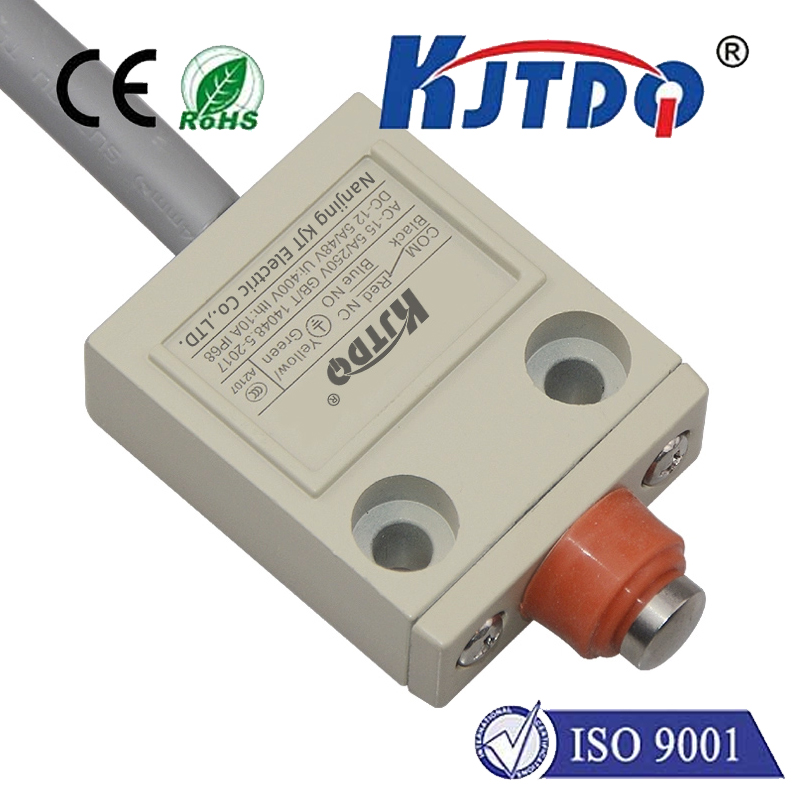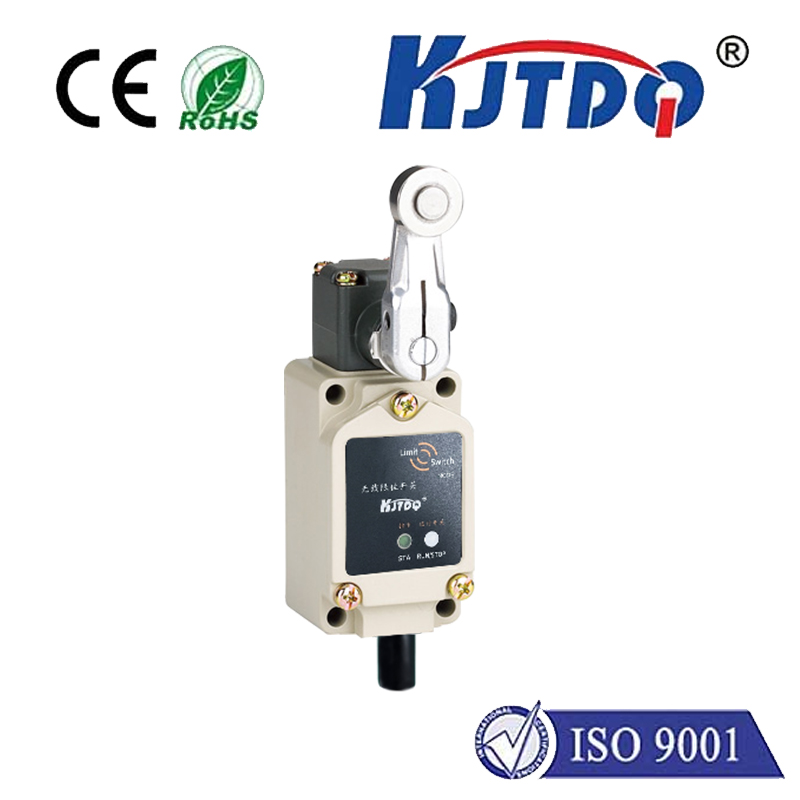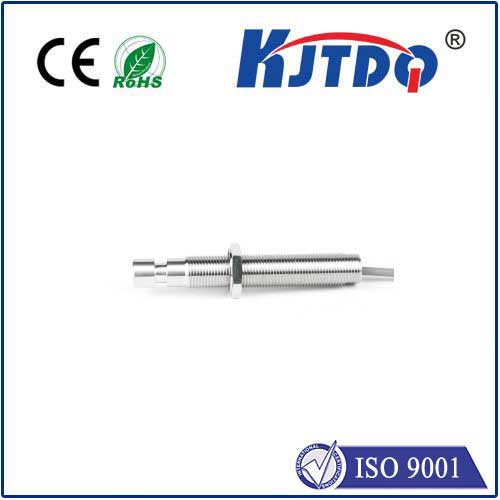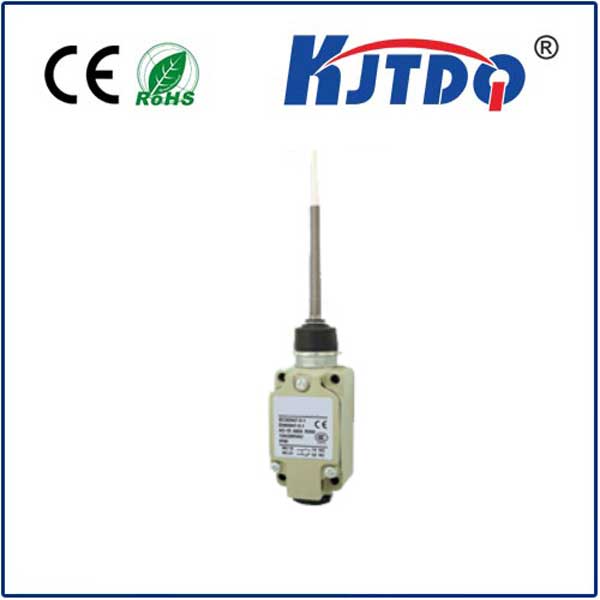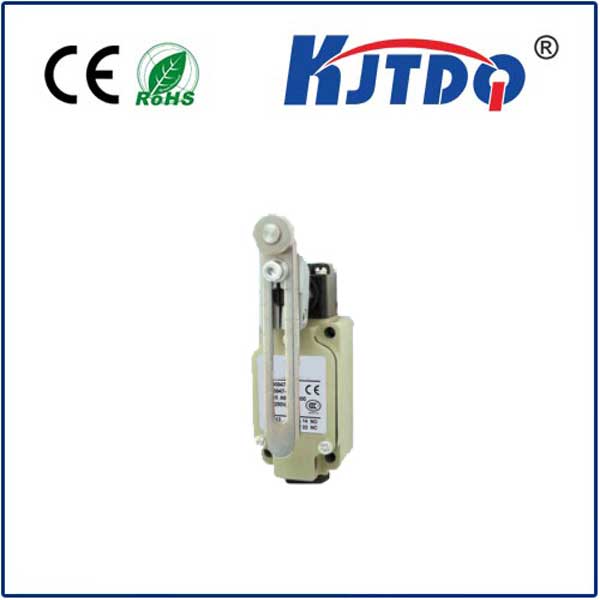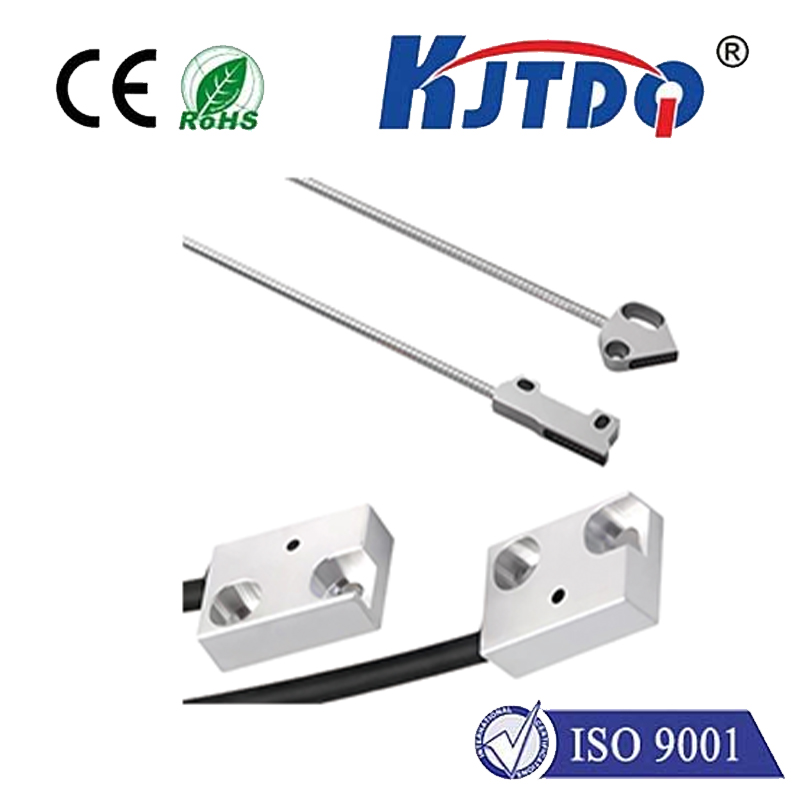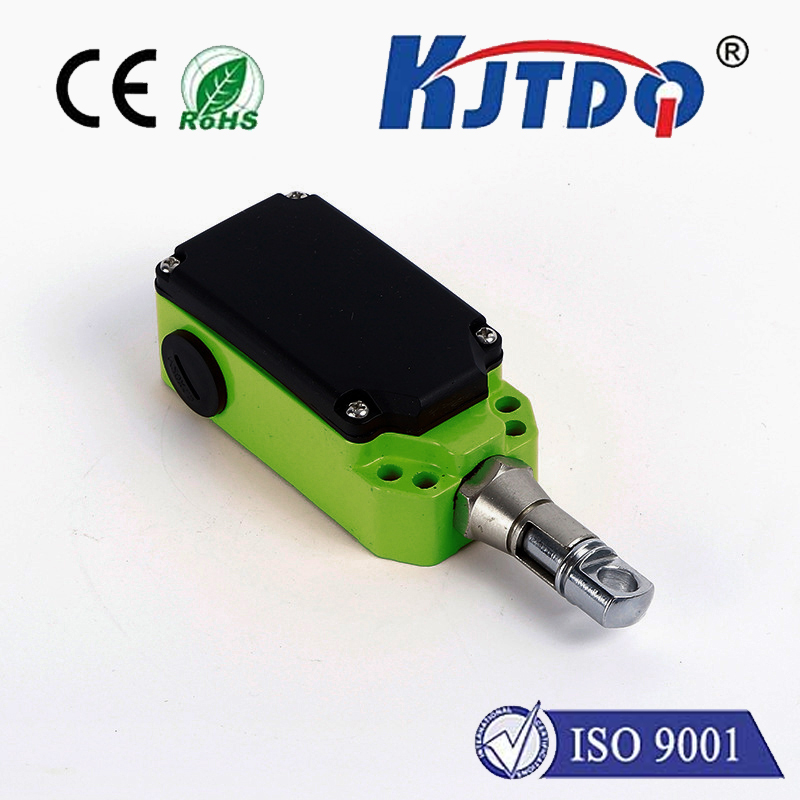inductive sensors
- time:2024-10-12 13:43:43
- Click:0

Title: The Intricacies of Inductive Sensors and Their Applications
Introduction
In the realm of modern technology, sensors play a pivotal role in a multitude of applications that range from industrial automation to consumer electronics. Among these, inductive sensors stand out for their versatility and reliability. They have become indispensable tools that enhance the efficiency and safety of various systems. This article delves into the world of inductive sensors, exploring their inner workings, benefits, and the broad spectrum of applications they serve.
What are Inductive Sensors?
Inductive sensors, also known as proximity sensors, are devices that detect the presence of metallic objects without making physical contact. They operate based on electromagnetic fields; an electric current passes through a coil, generating a magnetic field. When a metal object comes close to this field, it causes a change in the inductance of the coil, which is then detected by the sensor’s electronics. This alteration triggers an output signal, indicating the presence of the object.
Types of Inductive Sensors
There are two main types of inductive sensors:
- NPN Inductive Sensors: These switch on when the sensor detects a conductive material within its range, completing a circuit and allowing current to flow.
- PNP Inductive Sensors: These function oppositely to NPN sensors. They open the circuit when an object is detected, stopping the flow of current.
Each type has its unique advantages depending on the application requirements.
Advantages of Inductive Sensors
Inductive sensors offer several advantages that contribute to their widespread adoption:
- Non-contact Detection: They provide a clean and safe way to detect objects without wearing out or contaminating sensitive components.
- Durability: With no moving parts, these sensors are less likely to malfunction or require frequent maintenance.
- Versatility: Capable of operating in harsh environments such as those with high temperatures, moisture, or dust.
Applications of Inductive Sensors
The utility of inductive sensors spans across numerous sectors including but not limited to:
- Industrial Automation: Used for monitoring assembly lines, controlling robotic arms, and ensuring product quality by detecting metal parts during production.
- Automotive Industry: Sensors monitor tire pressure, seat belt status, and gear shift positions to enhance vehicle safety and performance.
- Home Appliances: From washing machines to refrigerators, inductive sensors ensure efficient operation through precise control mechanisms.
- Security Systems: Door alarms, elevator controls, and parking garage entry points utilize these sensors for access control and monitoring purposes.
Future Trends
As technology advances, we can expect inductive sensors to become even more integrated into our daily lives. Innovations such as wireless inductive sensing and improved sensor sensitivity promise to expand their capabilities further. Additionally, the Internet of Things (IoT) revolution will likely see inductive sensors playing a critical role in interconnected smart devices and systems, enabling data collection and process automation like never before.
Conclusion
Inductive sensors represent a fundamental aspect of modern sensing technology with applications that touch every facet of industry and daily life. Their ability to provide consistent and reliable performance under a variety of conditions makes them an essential component in today’s technological landscape. As we look towards the future, the evolution and integration of inductive sensors will undoubtedly continue to shape the way we interact with technology and the world around us.












